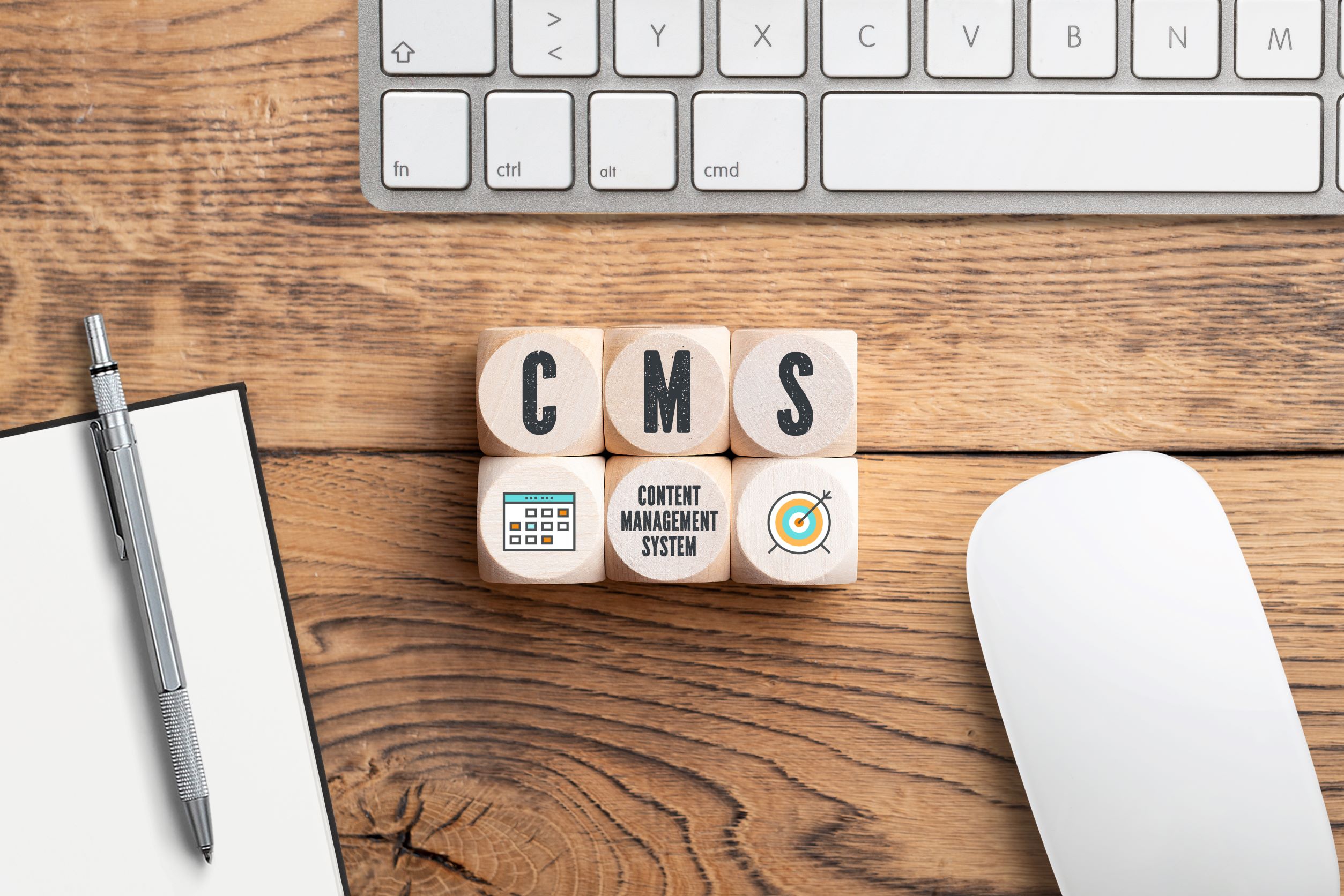There are many different types of Content Management Systems (CMS) available to those looking to build a great website. However, there are 2 primary forms that are the most popular; traditional CMS and headless CMS. What’s the difference between traditional CMS and headless CMS? Do they differ in cost? In this article, our team is answering some of these questions and taking a look at the benefits and differences between traditional and headless website development, as well as which option may be best for your next web project.

What Is a Traditional CMS?
Traditional CMS websites are the most common forms of sites on the internet. You’re most likely already aware of the most popular forms of traditional CMS, those being WordPress, Drupal, Shopify, Magento, and Wix. Traditional websites work with two primary interfaces; a backend interface for users to build content and a front-end interface that works to distribute all of the content published by the user on the backend interface. Although these two codependent interfaces can be limited, the CMS offers unparalleled simplicity for web development.
Is Traditional CMS Worth the Cost?
Traditional CMS websites are almost always more affordable than headless CMS websites. This is the perfect choice for simple websites, e-commerce stores, and service-based websites. Plus, a traditional CMS is generally much easier to learn and implement changes.
If you’re looking to build one of the aforementioned sites, then a traditional CMS website is definitely the most cost-effective option available. If you need highly experienced developers for your WordPress or Drupal project, the Cheeky Monkey team has over 150,000 hours working on both of those platforms creating impactful websites for our clients.
What Is a Headless CMS?
The headless CMS is a new-age CMS that removes the need for a front-end interface. Instead, a headless CMS involves a backend interface and an application program interface (API – here’s a tech dictionary for when acronyms get a bit much), which all content is distributed through. This is where headless CMS gets its name from. With headless content distribution, the content is not restricted to being displayed in the website framework. It can also be pushed to other platforms like mobile apps. Plus, the content is ready to be served on any device without responsiveness issues.
Is Headless CMS Worth the Cost?
Although it isn’t always the case, headless websites are usually more expensive than traditional websites due to their complexity. Headless websites generally involve two separate sites which are connected via an API. This involves higher costs than a traditional CMS, which is much simpler. So, if you have a project that requires the design, build, and support of a more advanced website, headless CMS may give you exactly the kind of functionality and user experience you’re looking for to meet your goals.
Level-Up Your Website With Cheeky Monkey Media
Still not sure if a traditional CMS or headless CMS is right for your particular project? No problem – our friendly, experienced web development team at Cheeky Monkey has your back. Contact us about your next web project or idea to get the conversation going, and learn how we can help guide your web project to the next level, headless or not.





